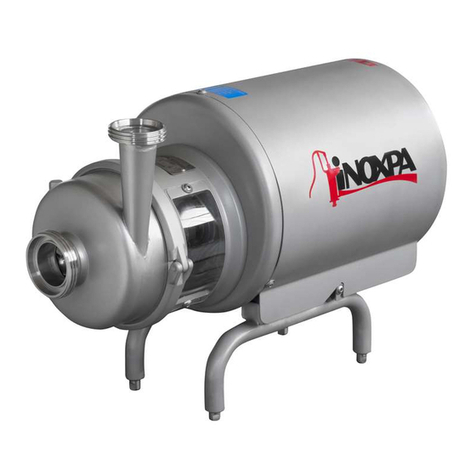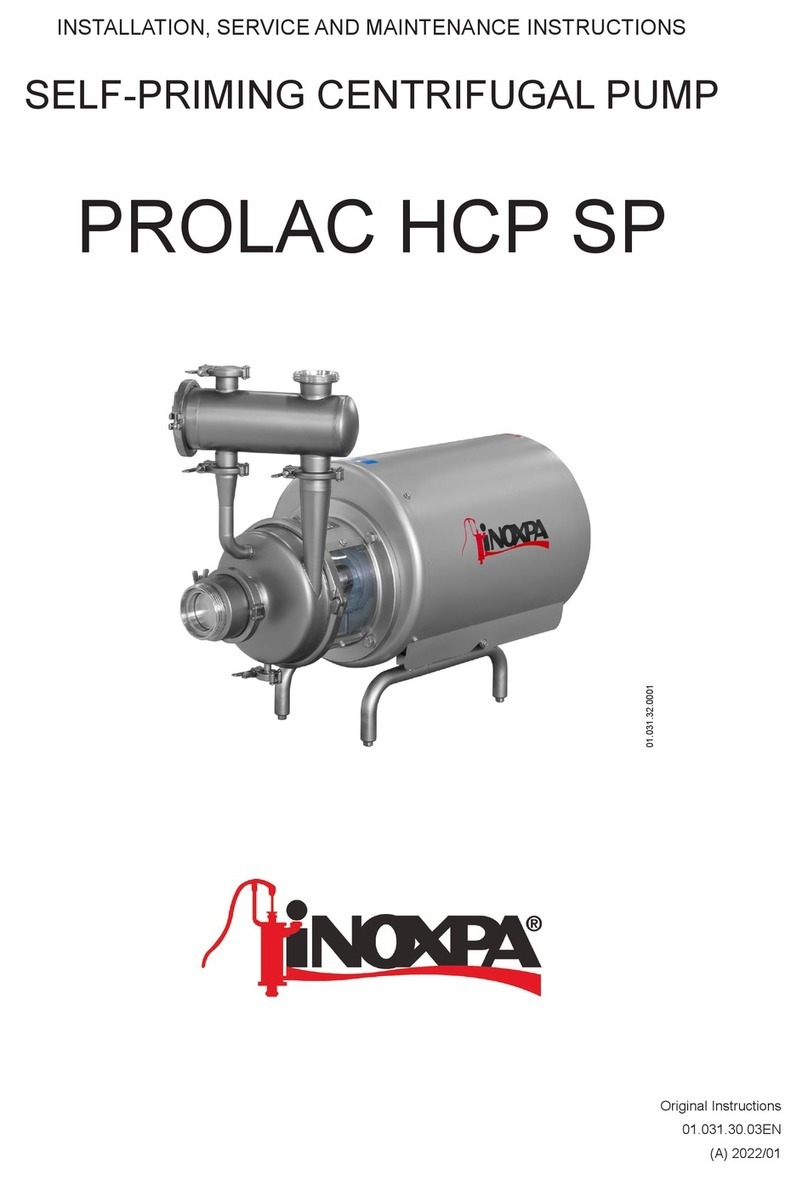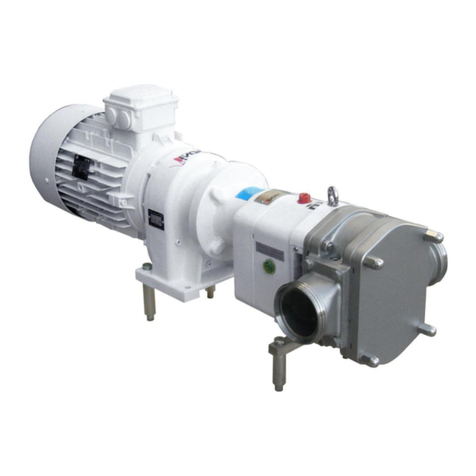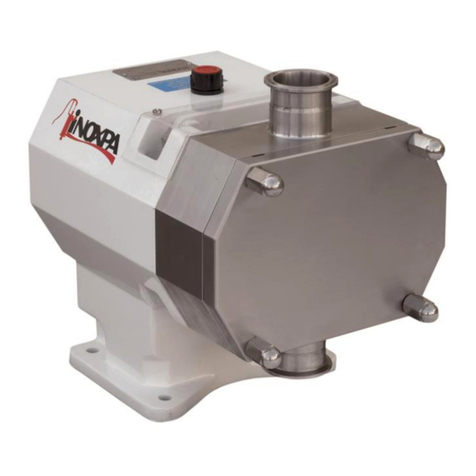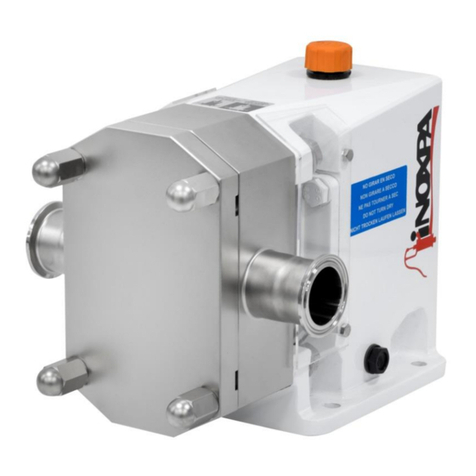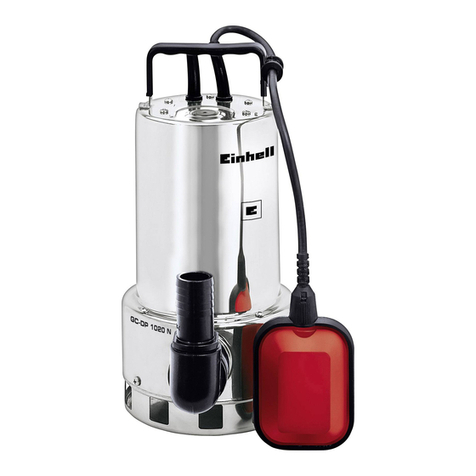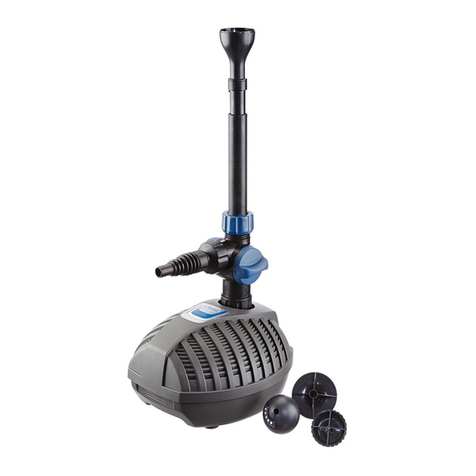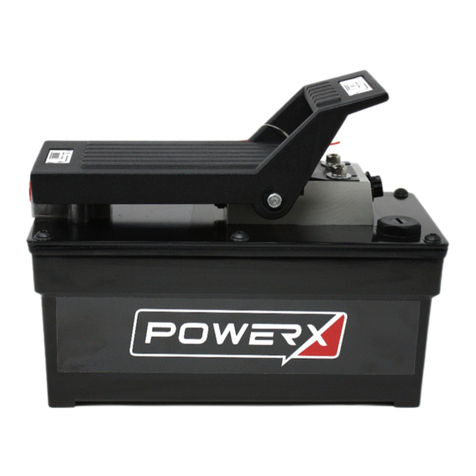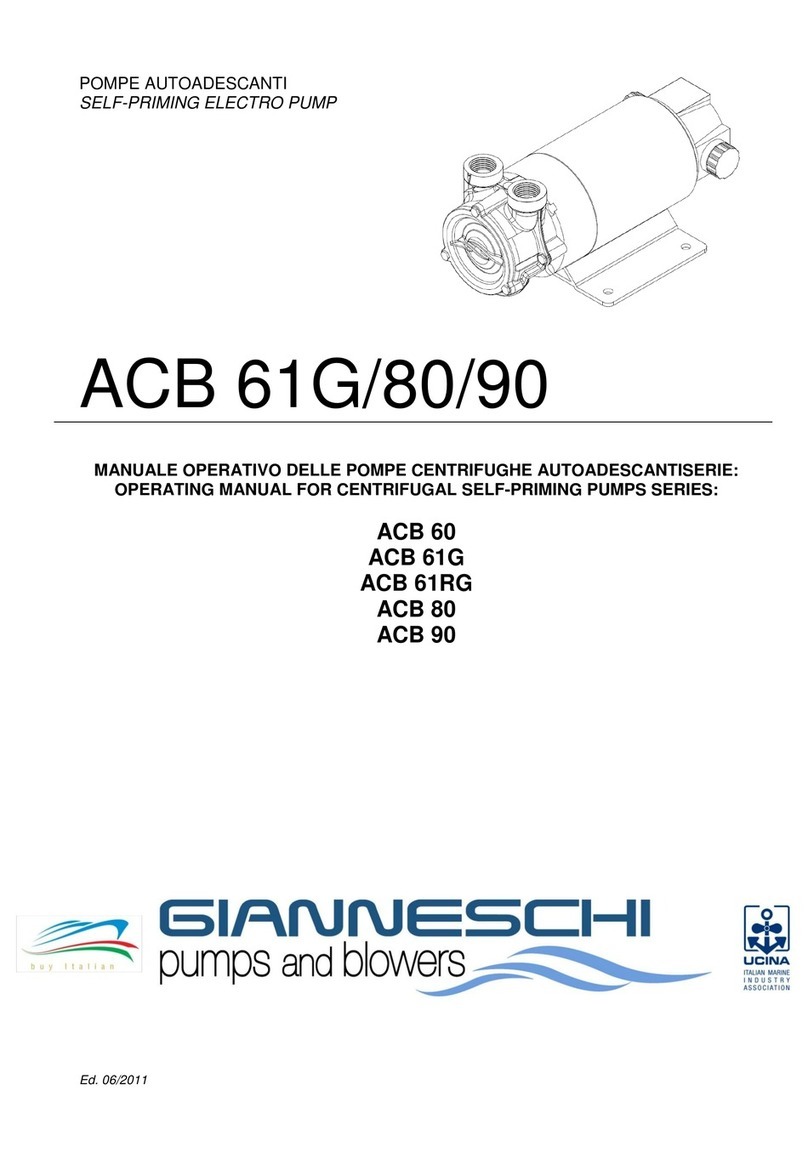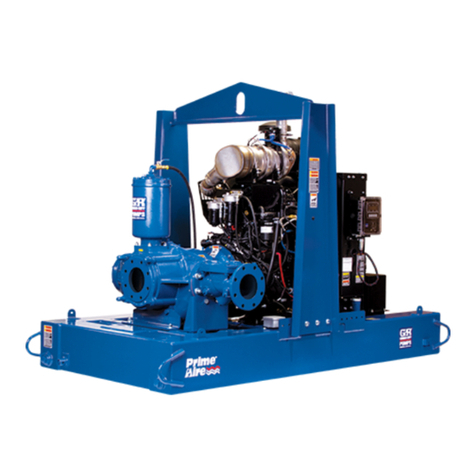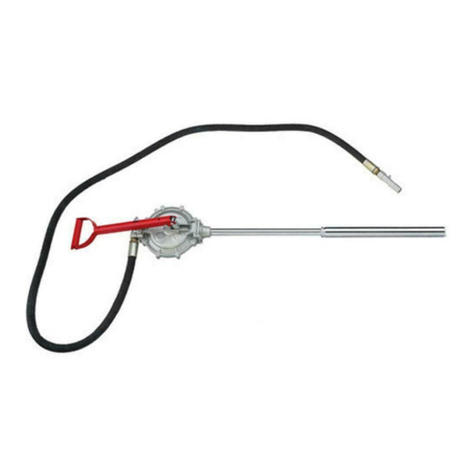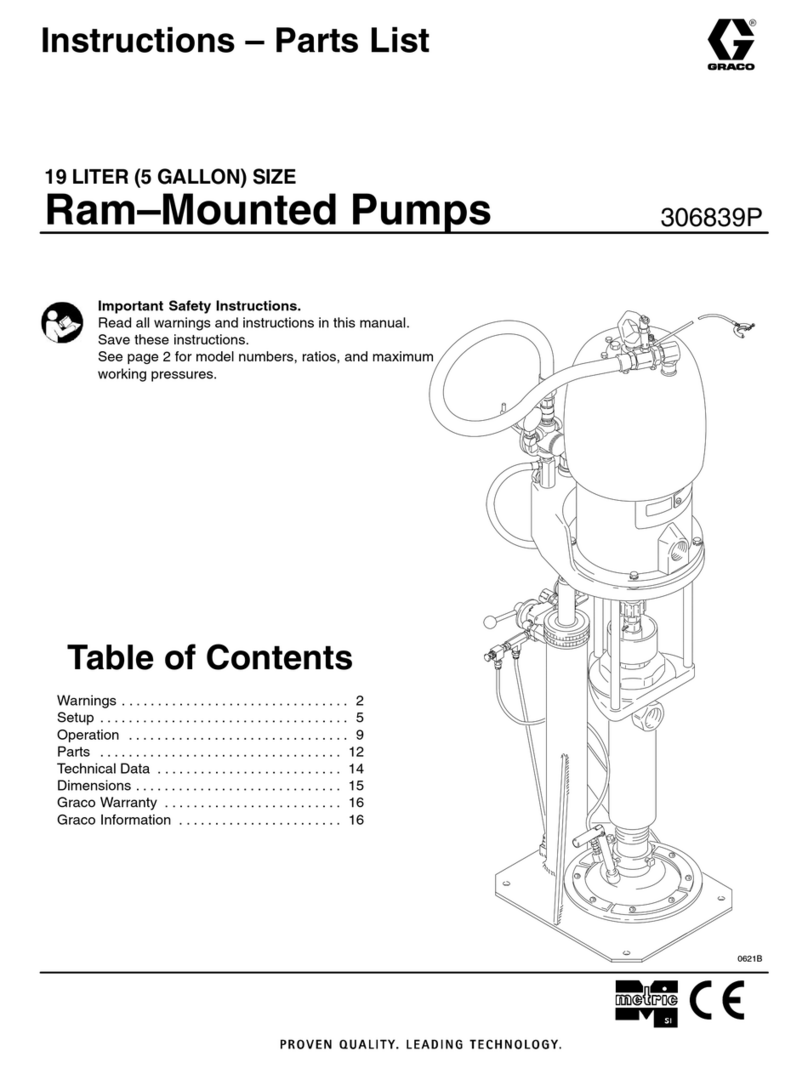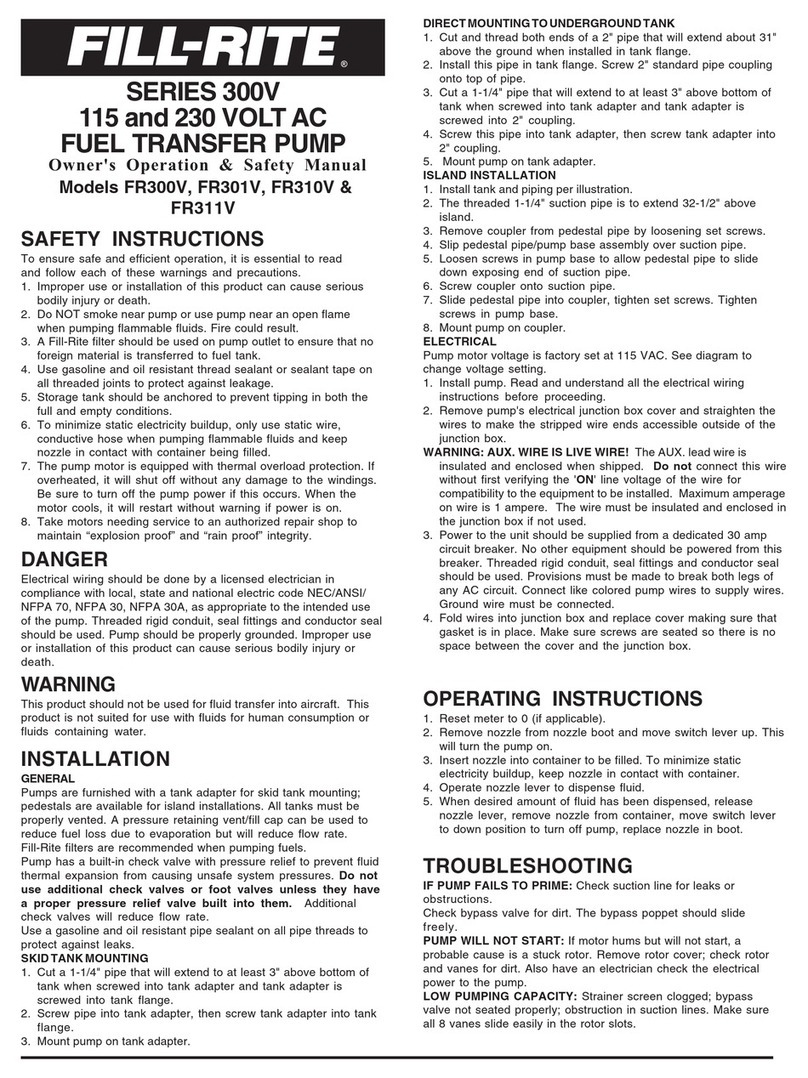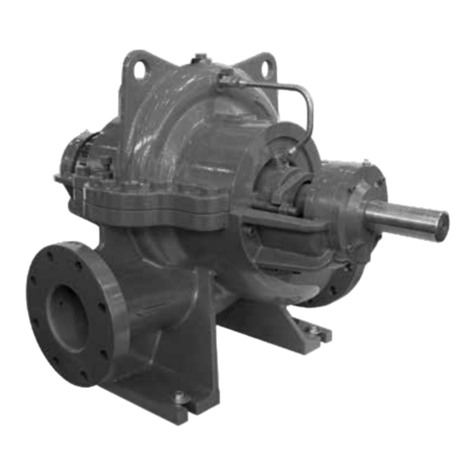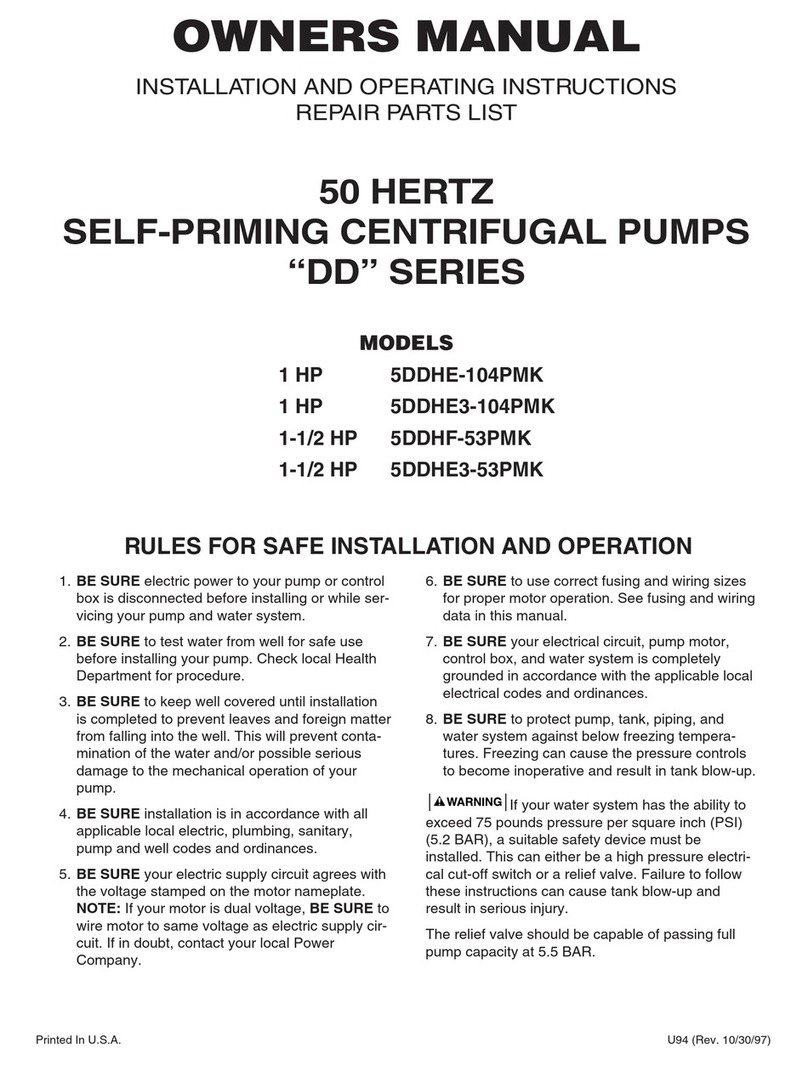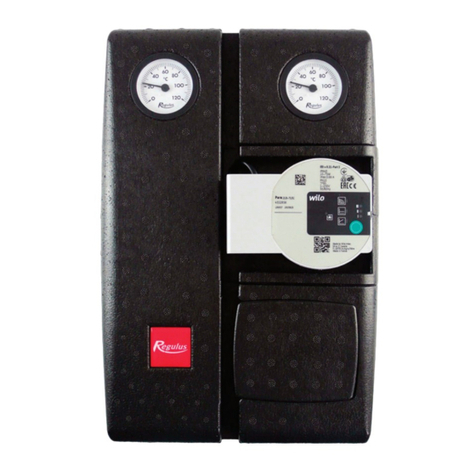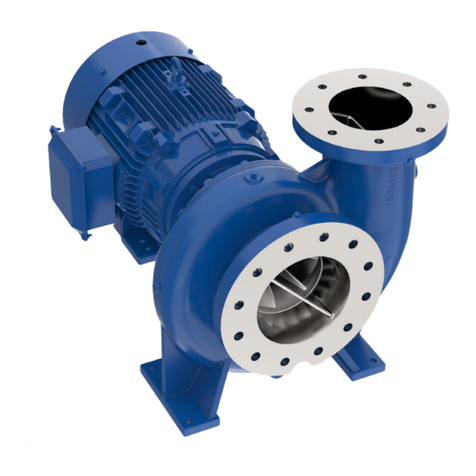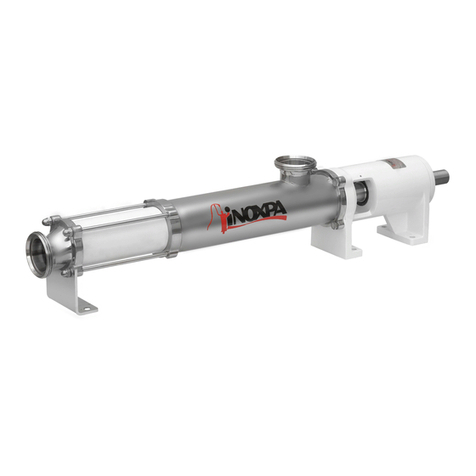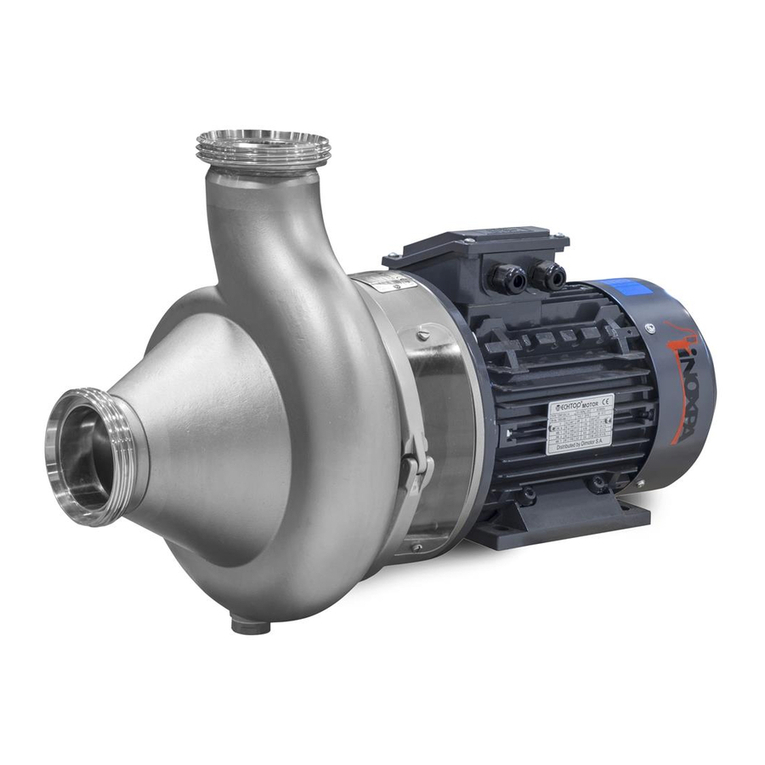INOXPA S.A.U. · 01.650.30.02EN · (A) 2021/01 3
1. Table of Contents
1. Table of Contents
2. Generalities
2.1. Instructions manual........................................................................................................................................................4
2.2. Compliance with the instructions ...................................................................................................................................4
2.3. Warranty........................................................................................................................................................................4
3. Safety
3.1. Warning symbols...........................................................................................................................................................5
3.2. General safety instructions ............................................................................................................................................5
4. General Information
4.1. Description.....................................................................................................................................................................6
4.2. Application.....................................................................................................................................................................6
5. Installation
5.1. Reception of the pump...................................................................................................................................................7
5.2. Identification of the pump...............................................................................................................................................7
5.3. Transport and storage ...................................................................................................................................................8
5.4. Location.........................................................................................................................................................................8
5.5. Pipes..............................................................................................................................................................................9
5.6. Electrical installation ......................................................................................................................................................9
6. Start-up
6.1. Checks before starting the pump.................................................................................................................................10
6.2. Checks when starting the pump...................................................................................................................................10
7. Troubleshooting
8. Maintenance
8.1. General considerations................................................................................................................................................13
8.2. Check the mechanical seal..........................................................................................................................................13
8.3. Tightening torque.........................................................................................................................................................13
8.4. Storage........................................................................................................................................................................13
8.5. Bearing maintenance...................................................................................................................................................13
8.6. Cleaning.......................................................................................................................................................................13
8.7. Disassembly and assembly of the pump .....................................................................................................................15
9. Technical Specifications
9.1. Weight..........................................................................................................................................................................19
9.2. RF pump dimensions (monoblock)..............................................................................................................................20
9.3. RF pump dimensions (bare shaft)................................................................................................................................20
9.4. Exploded drawing of RF pump.....................................................................................................................................21
9.5. Cross section of RF pump (monoblock).......................................................................................................................22
9.6. Parts list of RF pump (monoblock)...............................................................................................................................22
9.7. Cross section of RF pump (bare shaft)........................................................................................................................23
9.8. Parts list of RF pump (bare shaft)................................................................................................................................23






















